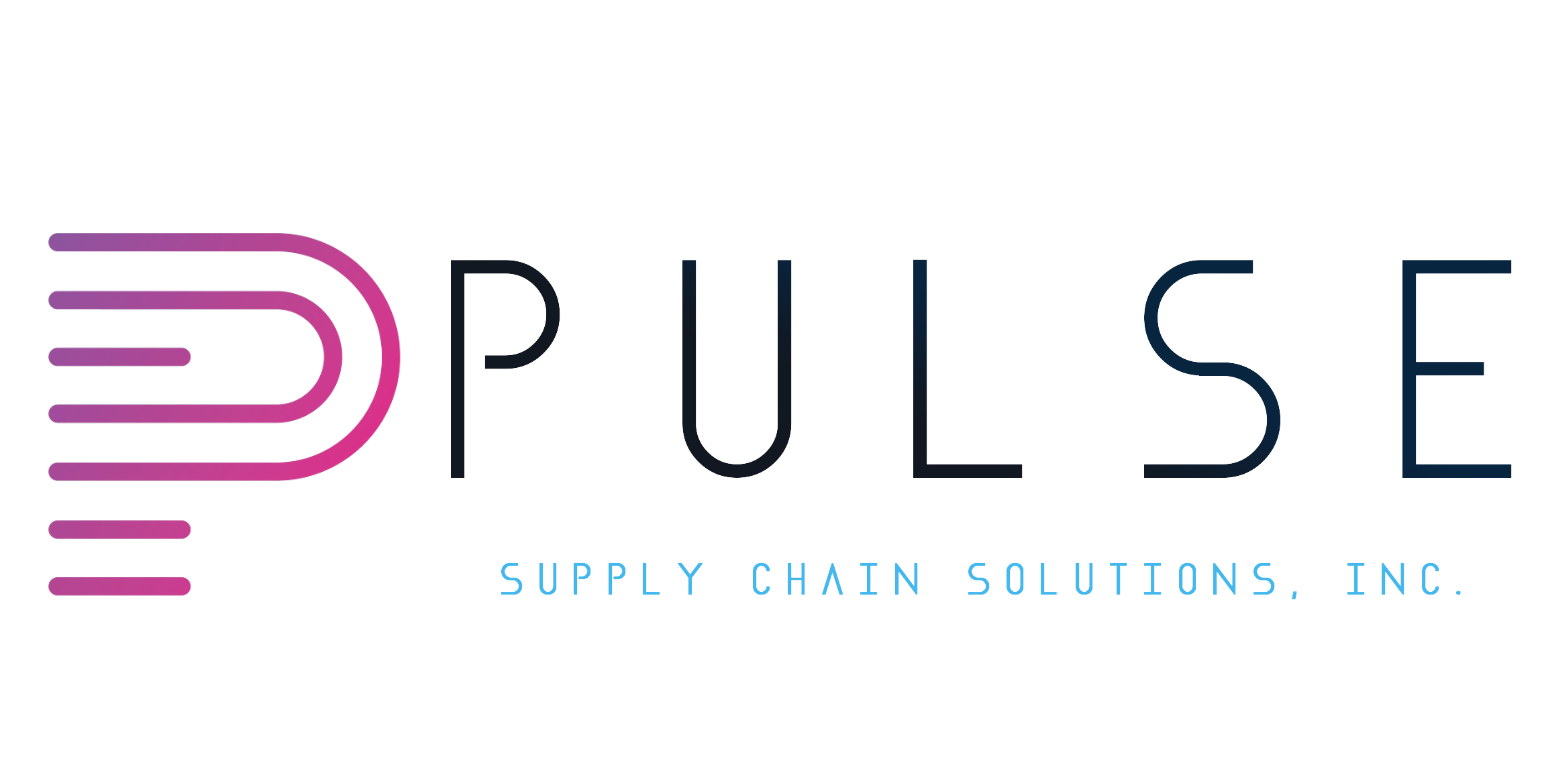
When we think about e-waste, the environmental impacts often take center stage. But a growing, equally critical issue is the data security risk embedded in discarded electronics. As the world generates more e-waste each year—53.6 million metric tons in 2021 alone, according to the Global E-waste Monitor—there’s a rising threat of sensitive information being exposed from these devices. The challenge is not only in handling the sheer volume of electronic waste but also in ensuring that the data stored on discarded devices is securely erased or destroyed.
A 2020 study by Blancco Technology Group revealed a startling fact: 40% of second-hand storage devices resold online contained personally identifiable information (PII). This is not just a consumer issue; corporations, government agencies, and other organizations face significant risks when decommissioning IT assets, particularly those containing confidential or sensitive data.
Why Is Data Still Recoverable?
The primary reason data continues to be recoverable from decommissioned devices is that many people—and even companies—don’t understand the complexities of data erasure. Simply deleting files or performing a factory reset doesn’t fully remove the data. These methods often leave traces behind, which can be recovered using basic forensic tools. More advanced methods, such as overwriting data multiple times or physically destroying the device, are required to ensure data is completely unrecoverable.
Data breaches linked to improper disposal of IT assets have already resulted in serious consequences. In 2019, a data breach at a major US wireless provider exposed the personal information of 14 million customers due to improperly decommissioned storage devices. Similar incidents have occurred across industries, underscoring the urgency of addressing data security in e-waste management.
With growing awareness of the risks, more businesses are turning to IT asset disposition (ITAD) providers, specialists in secure disposal and recycling of e-waste. These companies are certified to follow strict standards for data destruction and device disposal. One widely recognized certification is R2 (Responsible Recycling), which not only addresses the environmental aspects of recycling but also mandates secure data destruction.
In the U.S., R2 requires ITAD providers to meet specific guidelines for secure data destruction, including methods such as degaussing(erasing the magnetic fields on hard drives) and physical shredding of storage devices.
The need for such services is growing. The global ITAD market is projected to reach $27 billion by 2027, driven in part by increased data privacy regulations like the General Data Protection Regulation (GDPR) in Europe and the California Consumer Privacy Act (CCPA). These regulations impose strict penalties for data breaches, putting pressure on organizations to ensure that their decommissioned devices are properly handled.
The responsibility for securing data on e-waste doesn’t solely rest with businesses. Consumers also play a role. Many individuals unknowingly sell or donate devices that still contain recoverable data. A survey by Kaspersky found that 90% of consumers in North America don’t follow recommended data-wiping practices before selling or disposing of their electronics.
To combat this, some ITAD providers now offer on-site data destruction services, where hard drives are physically destroyed at the client’s location. This ensures that data is permanently erased before the device leaves the premises, providing a higher level of security.
Looking ahead, the rise of Internet of Things (IoT) devices presents a new challenge for data security in e-waste. Devices such as smart home systems, fitness trackers, and connected medical equipment all store user data. When these devices reach the end of their lifecycle, they add a new layer of complexity to the issue of secure data disposal. Ensuring that the data stored on these devices is erased or rendered inaccessible will require more sophisticated processes and solutions.
The evolution of data security in e-waste management is still catching up with the scale of the problem. While awareness is growing, the fact remains that too much sensitive information is still at risk when electronics are discarded. The rise of certified ITAD providers, along with stronger regulations and data security practices, is a step in the right direction. However, as the volume of e-waste continues to grow and the devices we use become more interconnected, both businesses and consumers need to take greater responsibility to ensure that their data doesn’t become the next big data breach statistic.
The question we should be asking is: As technology evolves, are we evolving our data security practices fast enough to keep up with the risks? The answer to that may still be unfolding.


